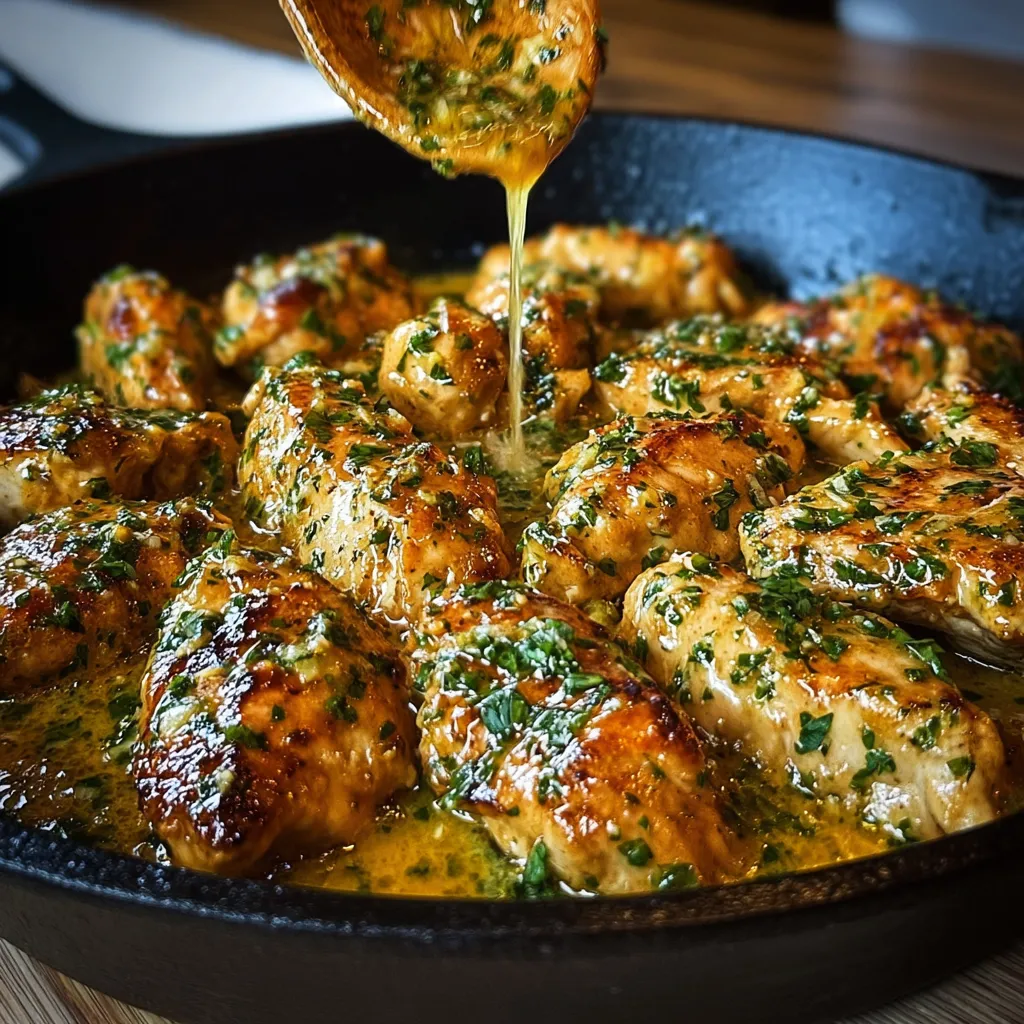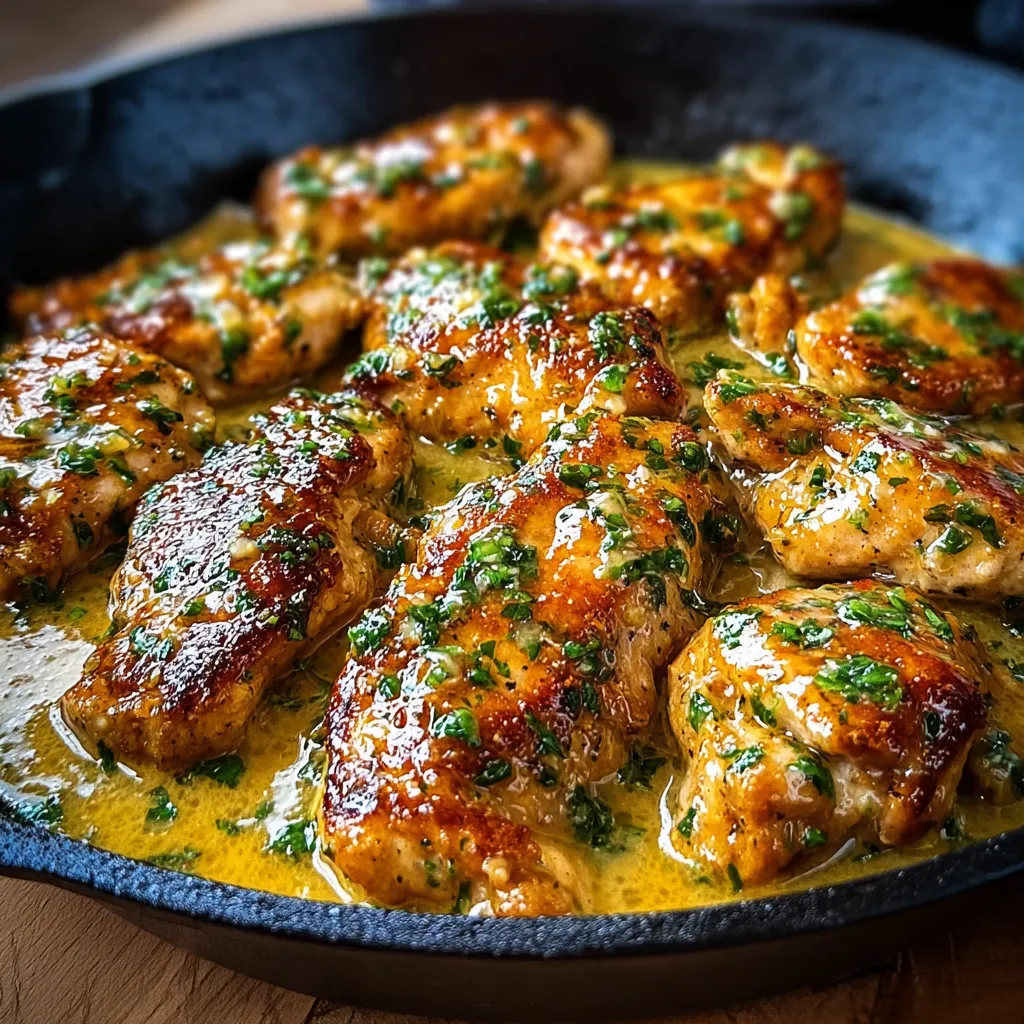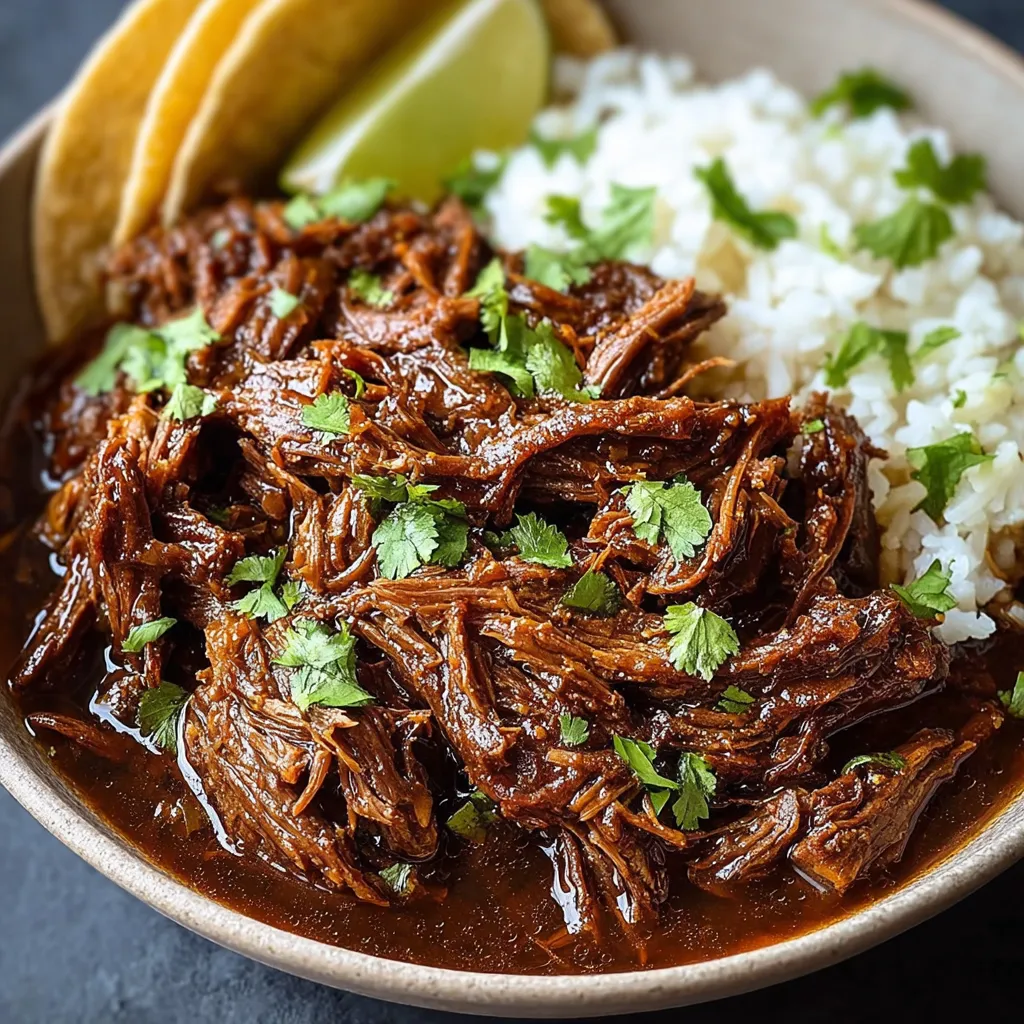Decoding the Delicious: The Science Behind Garlic Butter Chicken
The magic of a truly great garlic butter chicken skillet lies in understanding the interplay of a few key chemical reactions. First, the Maillard reaction – that glorious browning that occurs when amino acids and reducing sugars are heated. This is what gives the chicken its beautiful color and deep, savory flavor. Achieving the perfect sear requires high heat and relatively dry surfaces. Excess moisture inhibits browning. Second, the emulsification of the butter and garlic. Butter, being primarily fat, and garlic, with its water content, need to be coaxed into a harmonious union. Gentle heat and constant stirring are essential to prevent separation and ensure the garlic infuses the butter evenly. Finally, the deglazing process. Adding a liquid (wine, broth, or even water) to the skillet after browning the chicken lifts those flavorful browned bits (the fond) from the bottom, creating a rich and complex sauce. This is why using a pan that can handle high heat is important. A cast iron or stainless steel skillet works best for this.The Golden Ticket: Garlic Butter Chicken Skillet Recipe
 This recipe aims to deliver maximum flavor with minimal fuss. It’s the culmination of numerous experiments and a deep dive into the science of deliciousness.
This recipe aims to deliver maximum flavor with minimal fuss. It’s the culmination of numerous experiments and a deep dive into the science of deliciousness.
Ingredients:
- 1.5 lbs boneless, skinless chicken breasts, cut into 1-inch cubes
- 4 tablespoons unsalted butter, divided
- 6 cloves garlic, minced
- 1 teaspoon dried Italian seasoning
- 1/2 teaspoon paprika
- 1/4 teaspoon red pepper flakes (optional)
- 1/4 cup chicken broth
- 2 tablespoons lemon juice
- 2 tablespoons chopped fresh parsley
- Salt and freshly ground black pepper to taste
Instructions:
- Prepare the Chicken: Pat the chicken cubes dry with paper towels. Season generously with salt, pepper, Italian seasoning, paprika, and red pepper flakes (if using).
- Sear the Chicken: Melt 2 tablespoons of butter in a large skillet over medium-high heat. Add the chicken in a single layer (work in batches if necessary to avoid overcrowding). Sear for 3-4 minutes per side, until golden brown and cooked through. Remove the chicken from the skillet and set aside.
- Make the Garlic Butter Sauce: Reduce the heat to medium. Add the remaining 2 tablespoons of butter to the skillet. Once melted, add the minced garlic and cook for about 1 minute, until fragrant but not browned.
- Deglaze the Pan: Pour in the chicken broth and lemon juice, scraping up any browned bits from the bottom of the skillet. Bring the sauce to a simmer and cook for 2-3 minutes, until slightly thickened.
- Combine and Serve: Return the chicken to the skillet and toss to coat with the garlic butter sauce. Stir in the chopped parsley. Serve immediately over rice, pasta, or your favorite side dish.
My Garlic Butter Odyssey: A Culinary Investigation
My journey to perfecting this Texas Roadhouse Butter Chicken Skillet recipe was far from smooth. Like many of you, I initially thought it was simply a matter of melting butter and adding garlic. My first few attempts were a disaster – the chicken was either dry and flavorless or swimming in a greasy, separated sauce.The Soggy Chicken Saga
One of my early mistakes was not properly drying the chicken before searing. The excess moisture prevented proper browning, resulting in pale, rubbery chicken that didn’t absorb the flavors of the sauce. I learned that patting the chicken dry with paper towels is a crucial step. This allows the Maillard reaction to work its magic, creating that beautiful golden crust that’s essential for both flavor and texture.The Great Garlic Burnout
Another hurdle was the garlic. In my initial attempts, I added the garlic at the beginning and let it cook for too long. The result? Bitter, burnt garlic that ruined the entire dish. Then, I had an ‘Aha!’ moment: garlic burns easily, so it needs to be added towards the end and cooked gently until just fragrant.The Sauce Separation Scandal
Perhaps the most frustrating issue was the sauce separation. The butter would separate from the broth, leaving a greasy, unappetizing mess. I experimented with different ratios of butter to broth, different cooking temperatures, and even different types of butter. The breakthrough came when I realized that adding a touch of lemon juice helped to emulsify the sauce and prevent separation. The acidity helps to bind the fat and water together, creating a smooth, creamy sauce. If you have a love for lemon chicken, you might also enjoy Garlic Butter Chicken And Veggies.The Foolproof Formula: Mastering the Technique
After countless trials and errors, I’ve distilled the process into a simple, foolproof technique. If you’re looking for something different, maybe try Garlic Butter Steak Bites.- Dry and Season: Pat the chicken dry with paper towels and season generously with salt, pepper, and other desired spices.
- High Heat Sear: Sear the chicken in a hot skillet with butter until golden brown and cooked through. Avoid overcrowding the pan.
- Gentle Garlic Sauté: Add the minced garlic to the skillet after removing the chicken and cook gently until fragrant, being careful not to burn it.
- Deglaze and Emulsify: Deglaze the pan with chicken broth and lemon juice, scraping up any browned bits. Simmer until the sauce slightly thickens.
- Combine and Enjoy: Return the chicken to the skillet and toss to coat with the sauce. Serve immediately over your favorite side dish.
Why is it important to dry the chicken before searing it?
Drying the chicken with paper towels before searing is crucial because excess moisture inhibits browning. This allows the Maillard reaction to occur, creating a golden crust that enhances both flavor and texture.
How do you prevent the garlic from burning when making the garlic butter sauce?
To prevent the garlic from burning, add it to the skillet after removing the chicken and cook it gently until fragrant, being careful not to brown it too much.
What can you do if the garlic butter sauce separates?
Adding lemon juice to the chicken broth helps to emulsify the sauce and prevent separation. The acidity helps bind the fat and water together, creating a smooth, creamy sauce.
What type of pan is best for making garlic butter chicken skillet?
A cast iron or stainless steel skillet works best because it can handle high heat, which is important for searing the chicken and deglazing the pan.

Garlic Butter Chicken Skillet
Ingredients
Equipment
Method
- Prepare the Chicken: Pat the chicken cubes dry with paper towels. Season generously with salt, pepper, Italian seasoning, paprika, and red pepper flakes (if using).
- Sear the Chicken: Melt 2 tablespoons of butter in a large skillet over medium-high heat. Add the chicken in a single layer (work in batches if necessary to avoid overcrowding). Sear for 3-4 minutes per side, until golden brown and cooked through. Remove the chicken from the skillet and set aside.
- Make the Garlic Butter Sauce: Reduce the heat to medium. Add the remaining 2 tablespoons of butter to the skillet. Once melted, add the minced garlic and cook for about 1 minute, until fragrant but not browned.
- Deglaze the Pan: Pour in the chicken broth and lemon juice, scraping up any browned bits from the bottom of the skillet. Bring the sauce to a simmer and cook for 2-3 minutes, until slightly thickened.
- Combine and Serve: Return the chicken to the skillet and toss to coat with the garlic butter sauce. Stir in the chopped parsley. Serve immediately over rice, pasta, or your favorite side dish.




